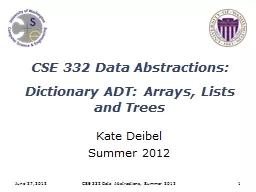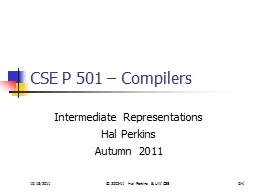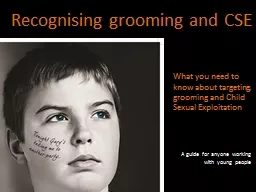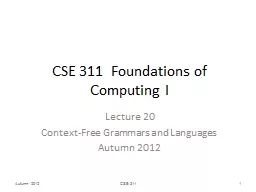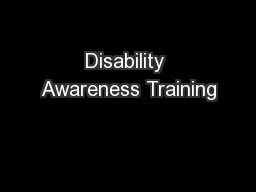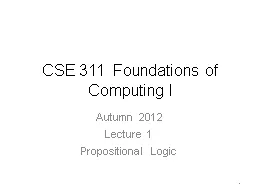PPT-CSE Awareness Training New Roots Housing Project
Author : joyousbudweiser | Published Date : 2020-06-18
Session 3 Group Activity What is grooming As a group create a definition to describe what you think grooming is Grooming is the process that abusive adults use
Presentation Embed Code
Download Presentation
Download Presentation The PPT/PDF document "CSE Awareness Training New Roots Housing..." is the property of its rightful owner. Permission is granted to download and print the materials on this website for personal, non-commercial use only, and to display it on your personal computer provided you do not modify the materials and that you retain all copyright notices contained in the materials. By downloading content from our website, you accept the terms of this agreement.
CSE Awareness Training New Roots Housing Project: Transcript
Download Rules Of Document
"CSE Awareness Training New Roots Housing Project"The content belongs to its owner. You may download and print it for personal use, without modification, and keep all copyright notices. By downloading, you agree to these terms.
Related Documents


